Benchmarks: Bill Pavlak — The best period furniture makers show us something new
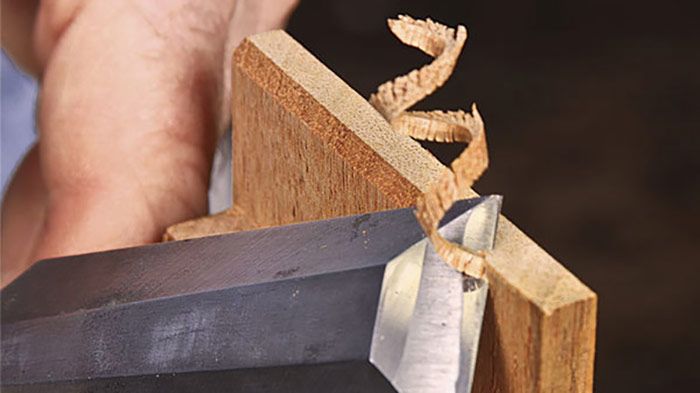

Great period furniture makers are innovative. That may seem like an oxymoron, but that’s only because ingenuity tends to hide beneath the surface of period re-creations, while the brilliant newness of contemporary pieces can be hard to miss. How does copying something that someone else made centuries ago make one innovative? Let’s think about it this way: Just as anyone can know exactly what a given antique looks like, everyone prior to July of 1969 thought they knew what the moon looked like. The innovation in both cases is in how we get there from here. The past is a frontier and the best period makers revel in exploring its mysteries in museums, in books, and at the bench. Fine Woodworking has always been at the forefront of sharing and supporting those explorations.
Attentive period makers re-animate the originals they study by attempting to turn an object back into the long-past series of decisions and actions employed by the original makers. Questions these makers ask of an antique—how was this piece designed, what tools were used, what was the order of operations, why did this part break—give way to questions asked at the bench—how am I going to do this now, do I change this to fit my economic reality, and will the process I think they used really work? Rick Mastelli, in his 1980 article “In Search of Period Furniture Makers,” offered readers a snapshot of the time’s leading makers grappling with these questions. He captured a world of makers with diverse ideas about a shared passion as they met the same challenges with creativity and integrity. There’s also a sense that these makers are onto something new; they’re not blindly copying old stuff or making fakes as earlier period makers did, they’re all going deeper. Fine Woodworking helped them coalesce into a community, one that I was inspired to join two decades later.
I also love Mastelli’s article because it features Mack Headley and David Salisbury, two of my former mentors at Colonial Williamsburg’s Hay Shop. The dated pictures of them only add to my appreciation. Mack’s article on carving claw feet exemplifies the spirit of his work and writing. Instead of just describing how to carve a claw foot, he explores how one particular original maker did it, how he designed his leg, the tools he used, and how we can properly measure an antique. By asking deeper questions and answering them in ingenious ways, Mack shows us something new about the past and gives voice to that long-ago maker. David’s article on making a traditional stain is short, but represents years of experimentation with notoriously incomplete or confusing period stain recipes. In other words, if you’d like to make your mahogany look more red, or your cherry look more like mahogany, there’s an answer from the past that David has brought to light for you to try.
Innovation plays out in the pages of so many articles from period makers. It’s there informing Peter Follansbee’s pared-down toolkit and Patrick Edwards’s quest to learn how to veneer columns with hide glue. It’s there in Phil Lowe’s sophisticated approach to our simplest tool (the chisel) and witnessed in the humility and wonder expressed by Al Breed as he discovered the design principles of an ornate mirror frame. These makers asked deeper questions of the past, used disciplined creativity to seek answers, and humbled themselves to try new techniques. None blindly copied or idolized what they found. Steve Latta dives into that issue beautifully in his musings on avoiding the mistakes regularly seen on antiques. One of the worst mistakes bestowed upon us by our woodworking ancestors was that they rarely wrote down what they were doing. Thanks to Fine Woodworking, these authors, and a long list of others for reclaiming that knowledge and sharing it with all of us.

Bill Pavlak
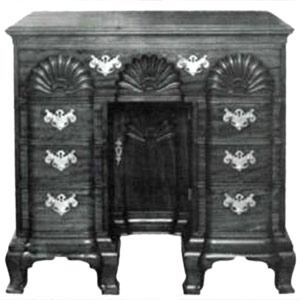 |
In Search of Period Furniture Makers
What they do about what the ‘old guys’ did Rick Mastelli |
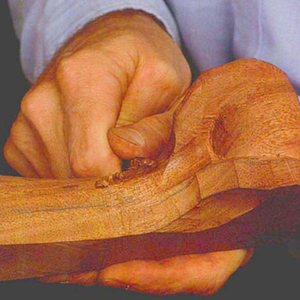 |
Carving a Ball-and-Claw Foot
Tracing the techniques of an 18th-century cabinetmaker, Mack Headley, Jr., explains how to carve, shape, and smooth ball-and-claw feet. Mack S. Headley, Jr. |
A Versatile 18th-Century Stain
Learn how to create authentic red and black wood stains for furniture using 18th-century methods, including the use of brazilwood extract and mordants. |
|
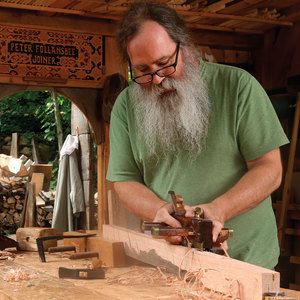 |
A Joiner’s Tool Kit
Peter Follansbee gives a glimpse into his hand-tool kit to show us what’s there and why it’s important. Peter Follansbee |
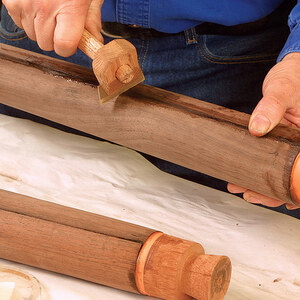 |
Low-Tech Method for Veneered Columns
Learn how to veneer columns using animal glue and elastic bands. W. Patrick Edwards |
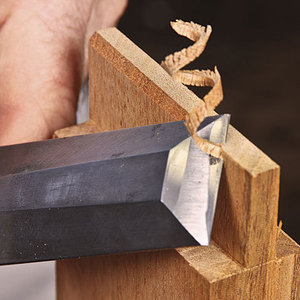 |
4 Chisel Tricks
From chamfering to shaping curved parts, a flat bench chisel is all you need. Philip C. Lowe |
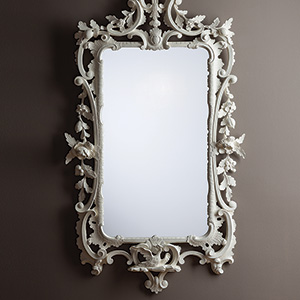 |
Reflections on Rococo
You might think that there’s nothing left for Allan Breed to learn about carving. You’d be wrong. Jonathan Binzen |
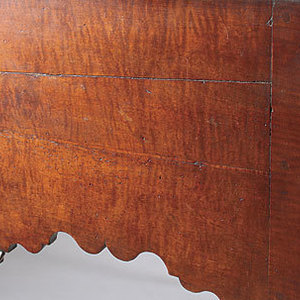 |
Learn From Antiques
Avoid construction mishaps by looking at mistakes from the past. Steve Latta |

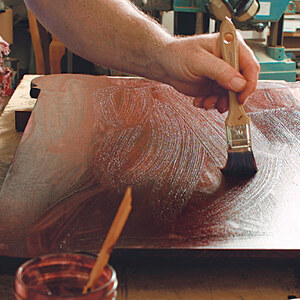
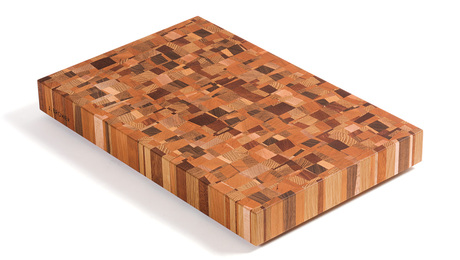
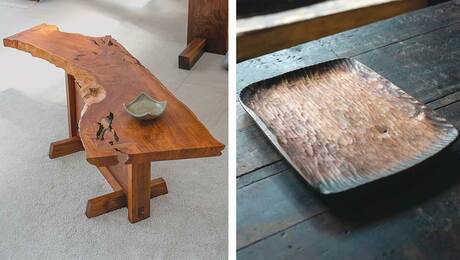
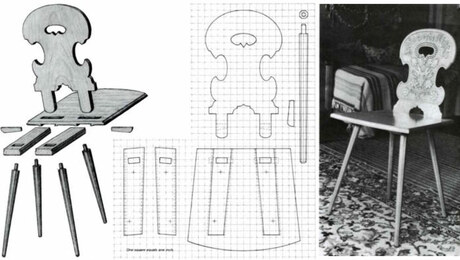
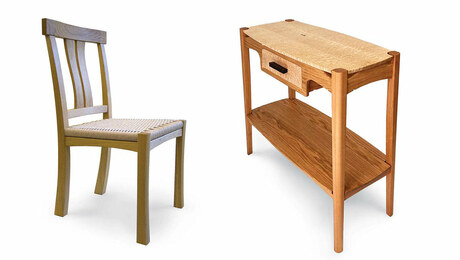


















Log in or create an account to post a comment.
Sign up Log in